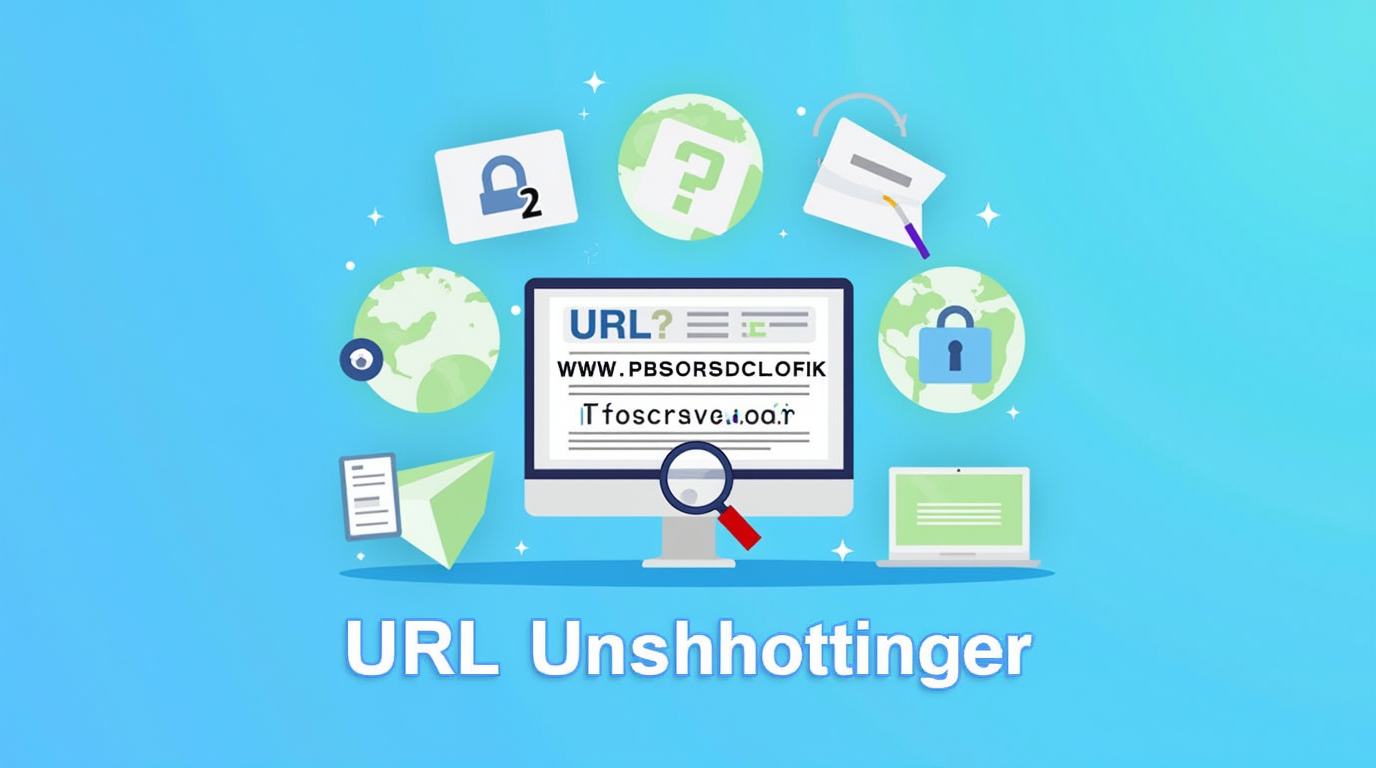
26
How to Use an URL Unshortener: A Guide to Safe and Transparent Link Access
Learn how to use an URL Unshortener to reveal the original link behind shortened URLs. This tool helps you avoid malicious sites, understand where links are leading, and ensure your online safety.
In today’s digital world, URL shorteners have become a popular way to condense long web addresses into easy-to-share links. Whether for social media posts, emails, or promotional campaigns, short URLs are often more visually appealing and user-friendly. However, this convenience can also come with risks. You might not always know where a shortened URL will take you, and sometimes, these links could lead to malicious websites or phishing attempts.
This is where an URL Unshortener comes in. In this blog post, we’ll explain what an URL Unshortener is, why you should use it, and how to safely reveal the original URL behind shortened links.
What is an URL Unshortener?
An URL Unshortener is a simple yet powerful tool that helps you expand shortened URLs into their original, full-length web addresses. Shortened links are often generated using services like Bit.ly, TinyURL, or Google URL Shortener. While these services make links more manageable, they can also obscure where the link is really directing you, which raises concerns about online safety.
Using an URL Unshortener allows you to preview the destination URL before clicking on it, giving you more control over your browsing experience and helping to avoid harmful sites.
Why Should You Use an URL Unshortener?
There are several reasons why you should consider using an URL Unshortener tool:
1. Enhanced Security
Shortened URLs can sometimes conceal dangerous destinations like malware-infected sites or phishing scams. By unshortening the link, you can see exactly where the link will take you, reducing the risk of landing on harmful websites.
2. Avoiding Phishing Scams
Phishing attempts often use shortened links to disguise malicious websites that mimic legitimate ones. With an URL Unshortener, you can inspect the destination link and confirm whether it’s safe before clicking.
3. Transparency
Sometimes you may receive shortened URLs from unfamiliar sources, and it’s unclear where they’re leading. Using an unshortening tool provides transparency, so you can ensure you’re not visiting unknown or suspicious sites.
4. SEO and Marketing Insights
If you’re involved in SEO or digital marketing, understanding the exact URL behind a shortened link can be helpful for tracking campaigns or analyzing traffic sources. It allows you to see which landing pages are being linked to, and you can also test the health of links you’ve shared.
How to Unshorten a URL?
Unshortening a URL is incredibly easy and can be done in just a few steps. Here’s how:
1. Using an URL Unshortener Tool
Many URL unshortening tools are available online for free. These tools work by expanding a shortened URL to reveal its full, original form. Some popular URL Unshortener tools include:
- CheckShortURL
- GetLinkInfo
- Unshorten.It
Simply paste the shortened URL into the tool’s input box, and it will provide the expanded version of the link.
2. Manual Methods
If you don’t want to use a third-party tool, you can also unshorten some links manually. For example, with links shortened via Bit.ly, you can add a plus sign (+) at the end of the URL (e.g., http://bit.ly/example+). This will take you to a preview page that shows the full URL before redirecting you to the destination.
3. Browser Extensions
Some browser extensions can automatically expand shortened URLs for you. These extensions, available for browsers like Chrome and Firefox, can be set to display the full URL without needing to visit an unshortener tool.
How to Interpret the Expanded URL
Once you unshorten a URL, you’ll be able to see the full web address. Here are some tips for interpreting the expanded URL:
- Check the Domain: The domain name (the part before the first slash in the URL) can tell you a lot about the legitimacy of the link. For example, a URL from a trusted domain like www.amazon.com is likely safe, whereas one from a random, unrecognized domain could be suspicious.
- Look for Red Flags: Be cautious if the expanded URL includes strange characters, excessive numbers, or words that don’t match the source’s brand. This could indicate a phishing attempt or an attempt to redirect you to a malicious site.
- Use Link Scanners: Some services offer link scanning to check the safety of a URL. Websites like VirusTotal allow you to paste a URL and scan it for potential threats.
When Should You Avoid Clicking on Shortened Links?
While URL shortening services can be convenient, you should be extra cautious when clicking on links, especially if they are:
- Sent from unknown or suspicious sources.
- Included in unsolicited emails or messages.
- Shared by accounts or platforms that you don’t trust.
- Promoted through unverified social media channels.
Even if a link appears to be from a legitimate source, using an URL Unshortener to preview it before clicking can help you stay safe online.
Conclusion
An URL Unshortener is a valuable tool for anyone concerned about online safety and transparency. By revealing the full web address behind shortened URLs, you can avoid potential threats, enhance your browsing experience, and make informed decisions about where you click.
Whether you’re dealing with suspicious links, marketing campaigns, or just want to know exactly where a link will take you, using an URL Unshortener is a simple and effective way to protect yourself from malicious sites and ensure you’re navigating the web with confidence.
Contact
Missing something?
Feel free to request missing tools or give some feedback using our contact form.
Contact Us